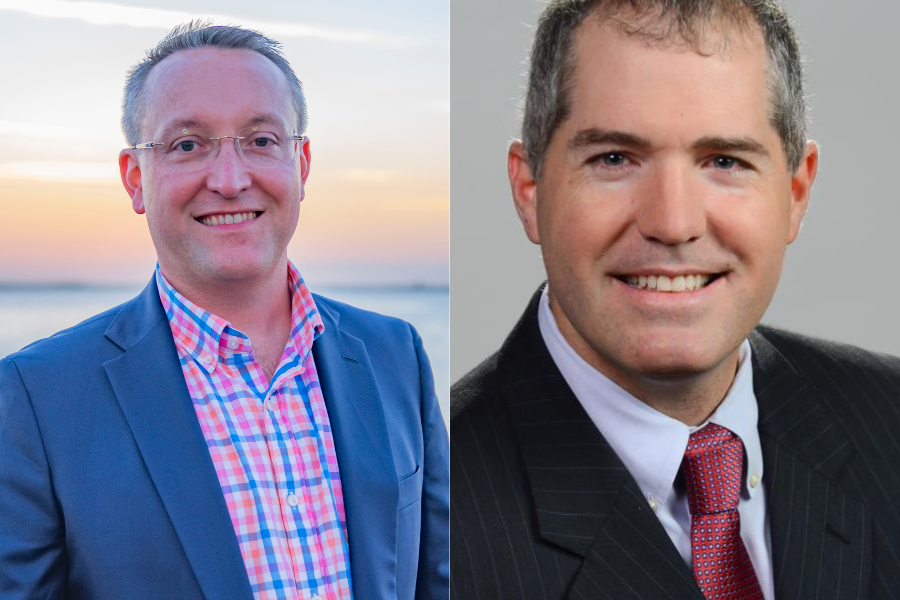Wealthfront CEO sees his robo-adviser as the next Schwab
Wealthfront CEO Adam Nash sees his robo-adviser as the next Schwab but naysayers counter that even $1 billion in AUM doesn't a winning company make.
Robo-adviser Wealthfront has proudly vaunted its recent crossing of the $1 billion mark in assets under management, but it remains to be seen whether the startup will achieve its goal of becoming a Charles Schwab-like investment firm for Millennials.
Wealthfront chief executive Adam Nash says $1 billion in just two and a half years marks a gratifying milestone that showcases the startup’s innovative focus on automated, low-cost and index-based investing. Indeed, he openly compares Wealthfront’s innovative business model to The Charles Schwab Corp., and says it will do for Millennials what the discount brokerage did for baby boomers in the 1970s — namely, bring low-cost investing to a huge audience.
“If you look at history, every generation in the U.S. tends to look at investing differently than their parents’ generation. What Charles Schwab found was that the only people who wanted to invest over the phone was people in their 20s and 30s,” Mr. Nash said.
He added that Charles Schwab himself told Wealthfront co-founder Andy Rachleff in 2012 that he saw parallels between what his firm had done and what the startup is now doing.
Schwab spokeswoman Susan B. Forman wrote in an e-mail that she didn’t have any comments on Wealthfront’s business model.
But robo-naysayers believe Wealthfront is no Schwab.
Schwab had a unique, once-in-history opportunity when it launched the discount brokerage in 1975, after commissions were deregulated, said Michael Kitces, a partner and director of research at Pinnacle Advisory Group Inc. and author of the Nerd’s Eye View blog.
“Wealthfront hasn’t had any significant regulatory events that created a blue ocean that never existed before,” Mr. Kitces said.
And according to Alex Murguía, managing principal at McLean Asset Management Corp. and chief executive of financial planning software firm inStream Solutions, if Wealthfront’s future resembles anything Schwab-like, it will more likely be the result of a buyout.
“I think Adam Nash wants Charles Schwab to buy him,” Mr. Murguía said, estimating that Wealthfront would need to reach $50 billion in AUM and earn $150 million in revenue over the next three years before it was a genuine buyout target for Schwab.
Asked if he does indeed want Schwab to buy Wealthfront, Mr. Nash said he has no ulterior motive in naming Schwab as a role model.
“Having been at a lot of startup companies and two that have gone public, I’ve found that the only way to build a great company is to assume that you’re building a large independent company,” he said.
Mr. Nash was a software engineer at Preview Systems when it launched an IPO in 1999, and he was vice president of product management at LinkedIn when it launched its IPO in 2011.
Mr. Murguía said that Schwab, TD Ameritrade Inc. and Fidelity Investments might all make a suitable buyout match for Wealthfront because those firms also appeal to the robo-advisers’ client base of mass-affluent investors with under $500,000 in assets. Schwab, for example, began actively courting mass-affluent dollars with its Schwab Advised Investing campaign 10 years ago, and Fidelity Institutional in 2011 published research on how advisers could develop clients with between $100,000 and $1 million in investible assets.
One indication of Wealthfront’s viability is that venture capitalists have invested more than $65 million in the startup, according to Wealthfront’s website. But those investors will eventually demand a return on their investment, Mr. Murguía said.
“These guys want to get out,” he said. “They want that money back in seven years with a 10 times’ return.”
Whether Wealthfront can arrive at that payout point in time is questionable. Looking at the revenue question, Mr. Kitces noted that Wealthfront’s fee schedule of 25 basis points on assets multiplied by $1 billion in AUM totals $2.5 million in revenue thus far.
“That’s before paying the salaries of Wealthfront’s engineering staff,” Mr. Kitces said. “They need more revenue than that to break even as a business entity. And to give a reasonable return to their venture capitalists, they need tens of billions of dollars in assets.”
Mr. Nash declined to provide revenue figures for Wealthfront, saying he is less concerned with short-term revenue goals than building the company for the long term with the help of venture capital funding.
“One of the great things about focusing on the long term is that you don’t have to worry about the next month’s or next quarter’s numbers. We’re really focused on where we’ll be in the next three to five years. I would describe it as a luxury,” Mr. Nash said.
Wealthfront was the leading robo-adviser as of March 5, followed by Betterment at $406 million in AUM, Mr. Nash wrote at the time on the Quora online forum.
Learn more about reprints and licensing for this article.




